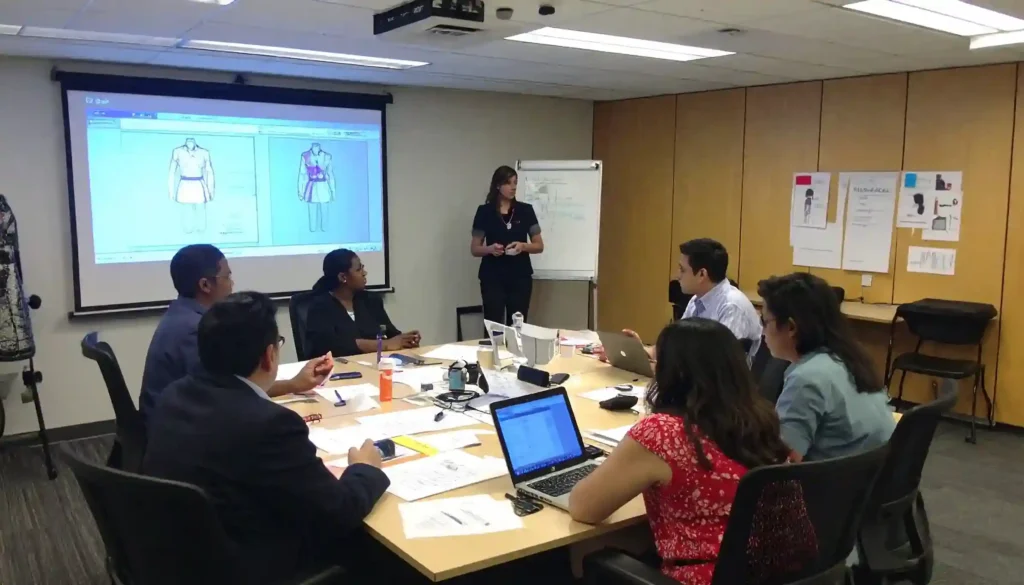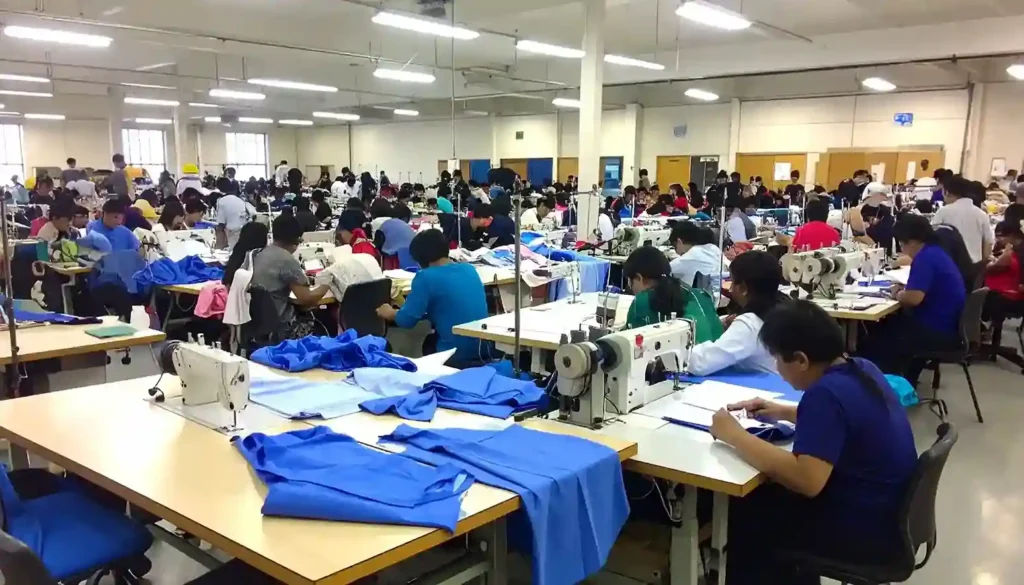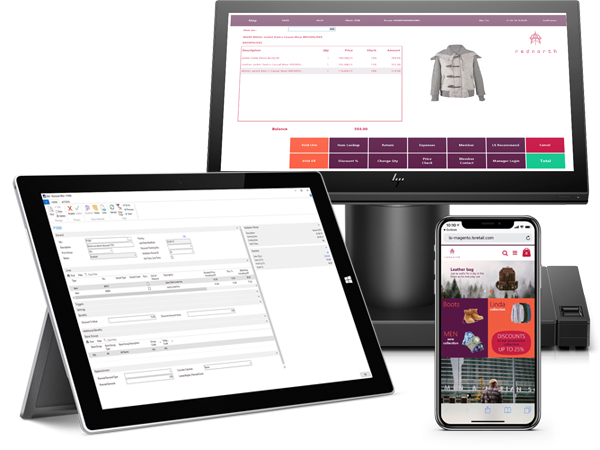From Boutique Brand to Global Label—Scale Confidently with Dynamics 365
Introduction Every successful global brand begins with humble roots — a single idea, a boutique store, or a niche product that resonates with customers. But taking that local success to international markets requires more than passion — it demands the right technology, processes, and insights to scale efficiently. That’s where Microsoft Dynamics 365 becomes a game-changer. It empowers brands to automate operations, improve financial control, enhance customer experiences, and make data-driven decisions — all under one unified cloud platform. Let’s explore how your boutique brand can confidently evolve into a global powerhouse with Dynamics 365. Understanding Microsoft Dynamics 365 What Is Dynamics 365? Microsoft Dynamics 365 is a cloud-based suite of business applications that unifies ERP (Enterprise Resource Planning) and CRM (Customer Relationship Management) capabilities. It connects finance, sales, marketing, supply chain, and service operations — giving your business a 360° view of performance. Think of it as the central nervous system of your organization, where every function communicates in real time, ensuring nothing slips through the cracks. The Unified Business Ecosystem Explained Instead of juggling multiple disconnected tools, Dynamics 365 integrates them all. This seamless ecosystem helps you automate workflows, minimize manual work, and provide consistent customer experiences globally. For growing boutique brands, that means one thing — scaling without chaos. Challenges Boutique Brands Face When Scaling Operational Silos and Disconnected Data Boutique businesses often begin with basic accounting software and manual spreadsheets. While that works initially, growth exposes gaps. Sales, finance, and inventory data get trapped in silos, making decision-making slow and uncertain. Inventory and Supply Chain Chaos When scaling, managing multiple warehouses or suppliers can feel like spinning plates. Without real-time inventory visibility, you risk overstocking one region while running out of stock in another. Microsoft D365 helps balance demand and supply with predictive insights. Inconsistent Customer Experiences A brand’s reputation depends on consistency. Boutique brands entering new markets often struggle to deliver uniform customer experiences across online and physical stores. Without centralized systems, service quality and branding can become inconsistent. Manual Reporting and Lack of Real-Time Insights Relying on manual data entry and Excel sheets can delay insights. You can’t steer a business with yesterday’s numbers. Dynamics 365 delivers real-time dashboards so leaders can make quick, data-backed decisions. How Dynamics 365 Empowers Boutique Brands to Scale Centralized Operations for Seamless Growth Dynamics 365 connects all your departments — finance, operations, supply chain, and marketing — into one intelligent system. This unification boosts transparency, eliminates redundancy, and makes global expansion smoother. AI-Driven Insights for Smarter Decisions Embedded artificial intelligence (AI) predicts market trends, identifies sales patterns, and recommends actions. Imagine knowing your best-selling product in each region before launching a new campaign — that’s actionable intelligence at its best. Real-Time Inventory and Supply Chain Management Dynamics 365 ensures every product is traceable from supplier to shelf. You can view live stock updates, shipping statuses, and supplier performance — helping you maintain optimal inventory levels. Enhanced Financial Visibility and Forecasting With Dynamics 365 Finance, CFOs can monitor global accounts, automate reconciliations, and predict revenue outcomes. It transforms financial management from reactive to proactive. Transforming Customer Experience with Dynamics 365 360-Degree Customer View for Personalized Engagement Imagine understanding every customer’s journey — from browsing online to purchasing in-store. Dynamics 365 Customer Insights gathers and analyzes customer data across all touchpoints to deliver hyper-personalized experiences. Marketing Automation for Better Reach and Conversion Dynamics 365 Marketing automates campaigns, tracks engagement, and nurtures leads. Brands can design tailored messages for different markets, increasing conversions while reducing marketing costs. Delivering Consistent Omnichannel Experiences Today’s consumers expect seamless transitions between devices and channels. Microsoft D365 ensures customers enjoy consistent pricing, product availability, and support — no matter where they shop. Empowering Teams with Collaboration and Productivity Tools Integrating Microsoft Teams and Power BI Dynamics 365 integrates tightly with Microsoft Teams and Power BI, empowering teams to collaborate in real time. Need to analyze sales trends during a meeting? Power BI dashboards make it possible with a single click. Driving Efficiency Through Automation Repetitive tasks like invoice creation, purchase approvals, or report generation are automated. This boosts productivity, allowing your staff to focus on creative and strategic tasks that drive brand value. Dynamics 365 for Retail: A Game-Changer for Fashion & Lifestyle Brands Managing Multi-Channel Sales Effortlessly Dynamics 365 Commerce brings together online, in-store, and social media sales into one ecosystem. This unified platform helps fashion brands manage product listings, orders, and customer engagement globally. Streamlining Returns, Pricing, and Promotions Dynamic pricing, loyalty programs, and promotions can be managed centrally. Whether it’s a Black Friday sale or a summer collection launch, your brand stays agile and responsive. Delivering a Unified Shopping Experience Shoppers love convenience. Microsoft D365 ensures product information, inventory, and pricing remain consistent across channels, enhancing trust and satisfaction. Financial Excellence with Dynamics 365 Finance Real-Time Financial Visibility Across Global Markets Access consolidated financial data across all branches and currencies in real time. This allows leadership to compare regional performance and optimize spending. Simplifying Compliance and Tax Management Built-in localization tools help you manage tax rules, reporting standards, and legal compliance across different countries effortlessly. Accelerating Financial Close with Automation Month-end closings that once took weeks can now be completed in days. Automation reduces errors and manual work, allowing finance teams to focus on strategy. Supply Chain Transformation for Global Growth Predicting Demand with AI-Powered Forecasting AI models in Dynamics 365 forecast demand accurately by analyzing seasonality, trends, and customer behavior. This helps brands plan inventory smartly and avoid costly stockouts. Enhancing Supplier Collaboration and Transparency A single dashboard connects you to global suppliers, allowing you to track performance, lead times, and compliance. This ensures consistent product quality and timely deliveries. Reducing Costs with Intelligent Logistics IoT sensors and analytics tools help optimize routes, monitor fleet performance, and reduce fuel costs — turning logistics into a profit center rather than a cost burden. Data-Driven Decision Making with Power BI Integration Turning Raw Data into Actionable Insights Power BI converts complex datasets into
From Boutique Brand to Global Label—Scale Confidently with Dynamics 365 Read More »









